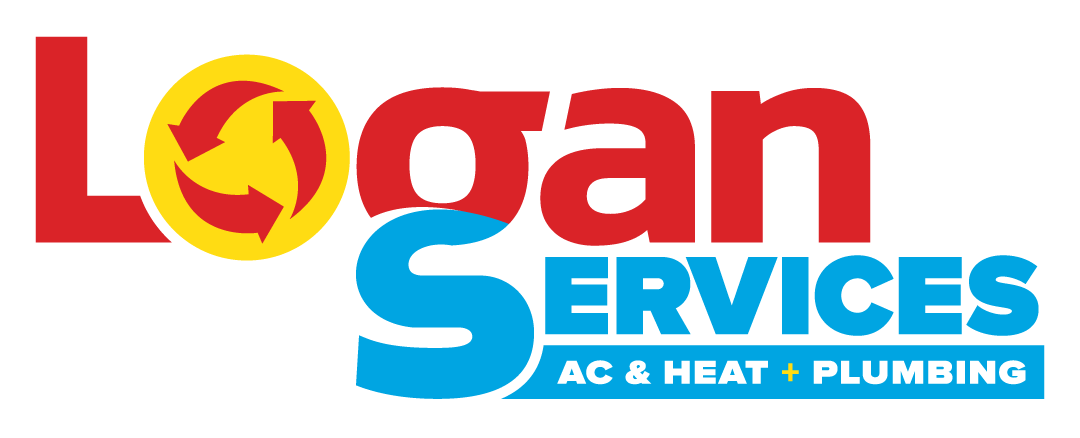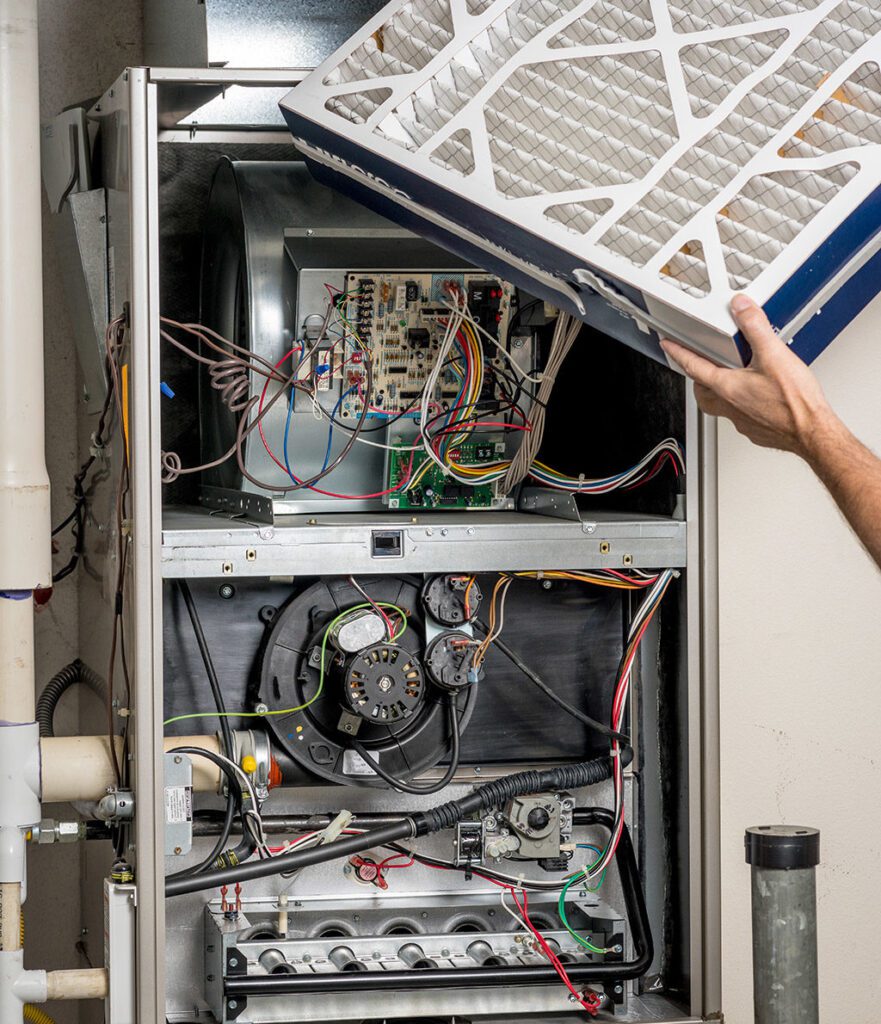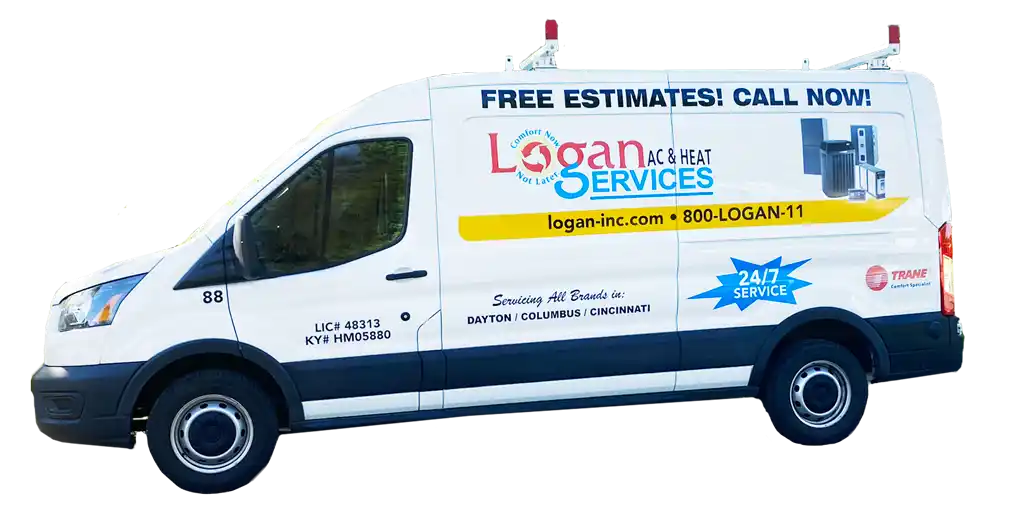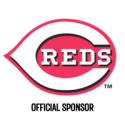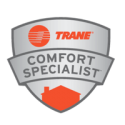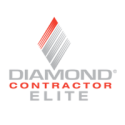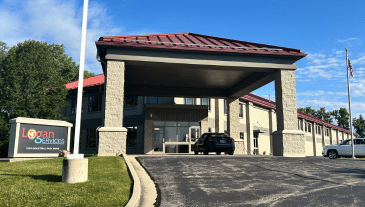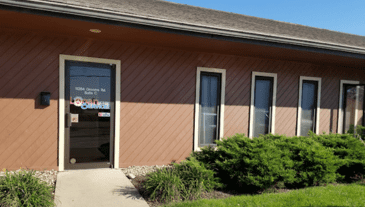Do you know how your furnace operates? To better understand the technology you use on a daily basis, read on and learn more about the main components of your heating system.
Fuel Type
Your furnace burns fuel to generate heat which in turn warms your home. Common fuel sources include electric, natural gas, propane, or oil.
HVAC System Thermostat
Though separated from the ductwork and furnace itself, the thermostat controls the heating cycle. When the temperature gets below the thermostat setting, it will activate the furnace to begin heating the home.
Furnace Burner
The heat created by a furnace is generated in the burner. For example, natural gas ignites to create heat in a sealed combustion chamber and receives air from a vent to the outdoors. The sealed chamber protects you from the poisonous exhaust fumes created in the burner.
Heat Exchanger
Because the burner is sealed, the heat exchanger is necessary to contract the heat generated by the burner through the combustion chamber.
Blower
Once the hot air is created, a very large fan called a blower moves the heated air through the ductwork to the vents in the home.
Filter Rack
In most cases, the furnace filter is located in the HVAC system filter rack. It’s important to know where the filter(s) are located so that you can ensure their cleanliness and proper system airflow.
While there are more elements to your heating system, these are some of the key components. All of these parts must be working in unison in order for your system to be working properly and efficiently. If you think there may be issues with your system, schedule a service call today – we can help you!
